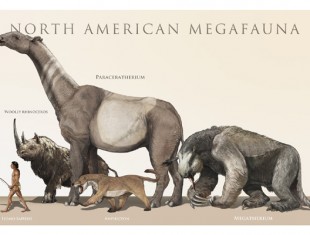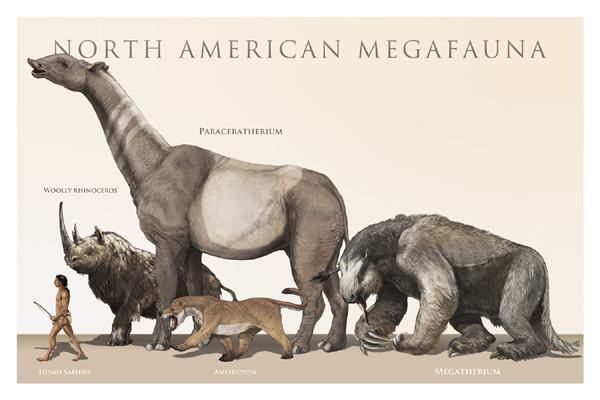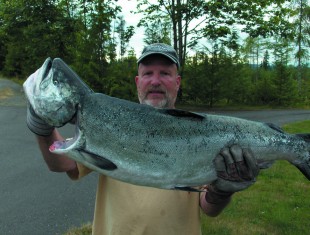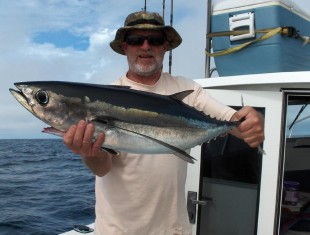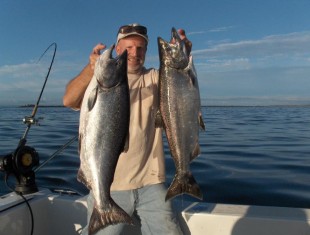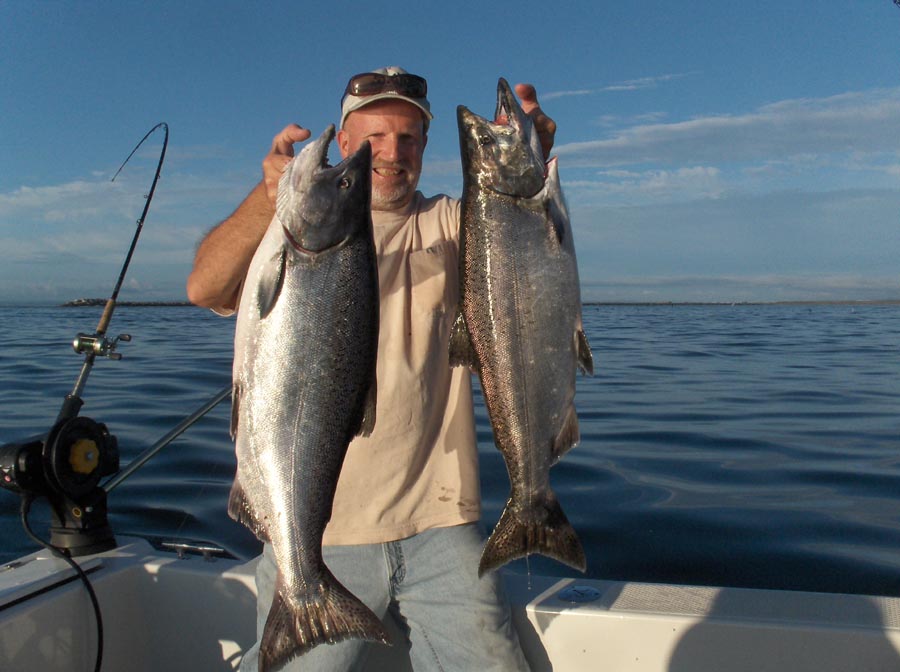
By Earl Sande
Ten thousand years isn’t really a very long time, especially if your name happens to be earth. If we could go back in a time machine, we would be amazed at all the different kinds of animals walking around North America. Most notable would be the giant mammals known as megafauna, which includes several species of hairy elephants. The American Mastodons and Mammoths must have been quite a mouth watering sight to hungry early American humans.
Other animals we would see 10 to 20 thousand years ago would include sabertooth tigers, the giant short-faced bear, the massive dire wolf, the American lion, cheetahs, camels, llamas, horses, giant sloth, and the stag-moose that looked like a cross between an elk and a moose.
Also running around in those days were giant armadillos, the giant beaver, rhinos, tapirs and many others. Most of these animals are now either extinct or live somewhere else on earth.
What in the world happened to all these animals in such a short period of time? Did early humans hunt them into extinction?
The answer might be yes and no. Early humans may have finished off some of these animals 10,000 years ago, but they were already in steep decline long before the first humans arrived in North America.
Mass extinctions have occurred many times throughout the history of life on earth. Mass extinctions are usually caused by slow or fast environmental changes that are caused by internal or external dramatic changes on earth that usually affect the climate.
Some of these changes include the continents slowly shifting, sometimes ripping apart from each other causing a massive release of magma and gases. Or land masses can smash into each other making huge mountain ranges and volcanoes that can change the climate and vegetation.
Asteroids have been hitting earth for billions of years causing the climate to change quickly, sometimes to fire then ice. This is probably why the dinosaurs went extinct 65 million years ago.
Nearly all mass extinctions have several things in common: like changing climate and its affect on temperature, chemical make-up of the ocean, the freshwater supply and its affect on changing the vegetation. It’s a simple fact that temperature, freshwater, plant life, chemical make-up of the air and ocean all control where and when animals live or die.
The climate on earth is always changing. The only constant on this planet is change. Some changes take millions of years, others are almost instant.
I like the way our weather was 50 years ago.
But unfortunately, global warming is real along with the changing chemical make-up of our atmosphere and ocean. On the bright side this means the next ice age is probably at least 100,000 years away.
Fifty million years ago the climate everywhere was warmer then it is now. We even had palm trees growing in Alaska and frost-free winters in Wyoming. Oregon once had forests similar to those found in Central America today.
The temperate forests of redwoods, maple, oak and beech extended from Siberia across Alaska and into to Greenland. The once massive spruce forest once extended all the way to the shores of the Arctic Ocean.
Nine million years ago there were at least 12 different types of horses living in North America. Over millions of years they slowly disappeared until the last one vanished about 10,000 years ago. Luckily they survived in Asia and Europe and the Spanish brought them back to the American southwest about 500 years ago.
There were once seven different types of mammoths and mastodons living in North America. They started going extinct about three million years ago. The last one went extinct 4,000 years ago on Wrangell Island in Alaska.
Mastodons primarily browsed on spruce trees and when the last ice age came to an end about 10,000 years ago, so did the giant spruce forests of mid-America. The mastodon population collapsed and those isolated pockets of mastodons that were left were eventually picked off by human hunters.
The imperial mammoths were browser/grazers that inhabited the pine forest grasslands that once covered much of the United States. When most of the west dried up that was the beginning of the end of the huge mammals.
The woolly mammoths were steppe-tundra animals. And they made their last stand in Alaska when increased precipitation turned their lush sedge habitat into lake-dotted muskeg. That was the final demise of the hairy elephants.
A fairly recent extinction occurred in Alaska in 1850. The spectacled cormorant was a large nearly flightless seabird that lived on a few remote islands at the western end of the Aleutian chain. Russian naturalist George Steller studied them in 1741 while on a voyage with Vitus Bering when Bering discovered Alaska.
While having to spend the winter on one of the islands the easily-caught cormorants were often on the menu. The population quickly crashed as whalers and fur traders killed them for food. By 1850 they were extinct. George Stellers’ six dried specimens and two skeletons are the only proof this species ever existed.
Another recently extinct Alaskan species was steller’s sea cow. Their closest living relative is the Florida manatee. Steller’s sea cow grew to 25-feet long and weighed up to 9,000 pounds. These animals fed on a variety of kelp. Wherever sea cows had been feeding heaps of stalks and roots of kelp were washed ashore. This small population of 2,000 animals was wiped out in just 27 years after their first scientific discovery. The last one on earth was killed in the year 1768. They were mainly used for food by sailors, sea otter hunters and fur-trading Russians. But sometimes their skins were used to make small boats.
Like it or not, species will continue to go extinct. The problem is it might take thousands, or even millions of years for new species to evolve to take their place.
Recently, tens of thousands of fish eating sea birds died in Alaska’s Prince William Sound. They starved to death. Apparently the food chain temporarily collapsed because of the warm ocean water.
Also during this last year we saw over 200,000 endangered saiga antelope in the east Asian country of Kazakhstan die within hours of eating a pathogen that spun out of control because of unusually hot weather.
Some marine scientists believe wild salmon will be extinct south of British Columbia 100 years from now because the river water will be too warm for them to survive.
There are now groups of people that want to get rid of all salmon and steelhead hatcheries in the northwest. This is very short-sighted. I like wild salmon as much as the next guy but no matter what we do their days are probably numbered in the northwest.
There are lots of ways to improve hatcheries that raise healthier and smarter fish for better ocean survival. This is the only way sport and commercial fishing will continue in the great northwest.

